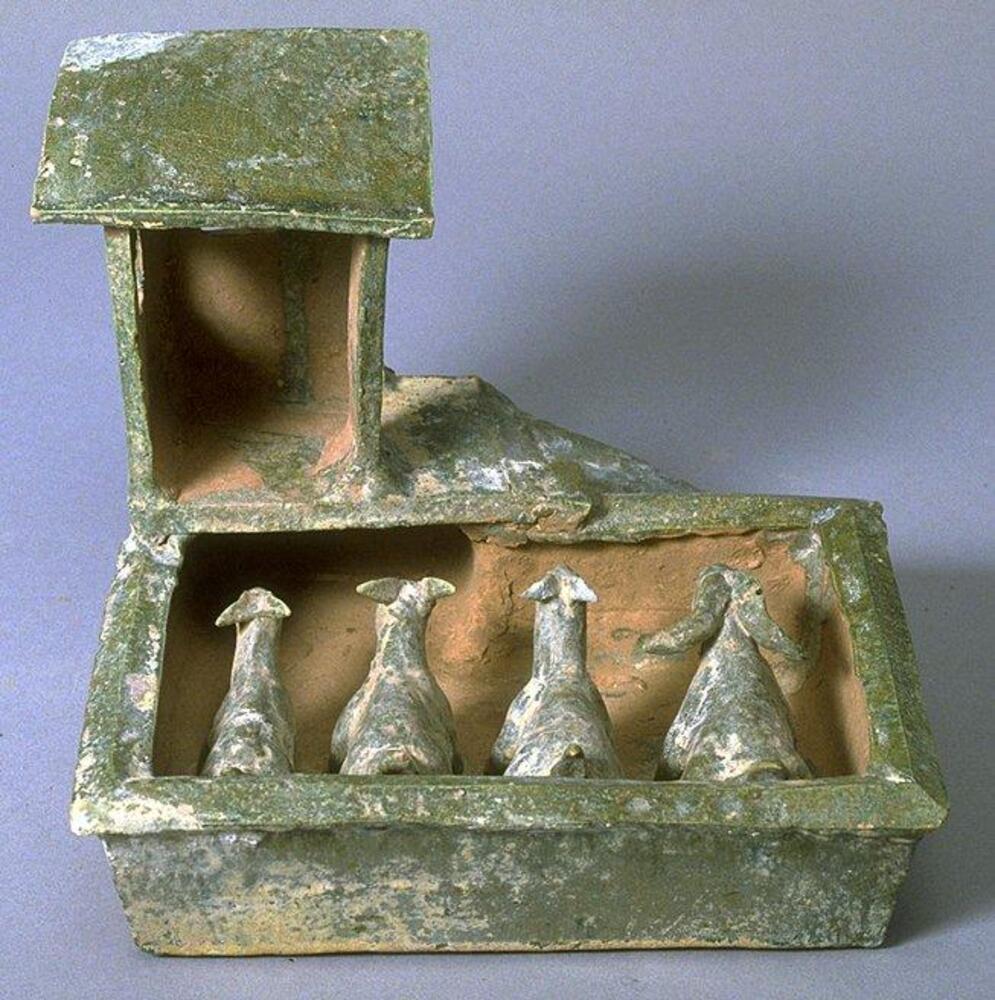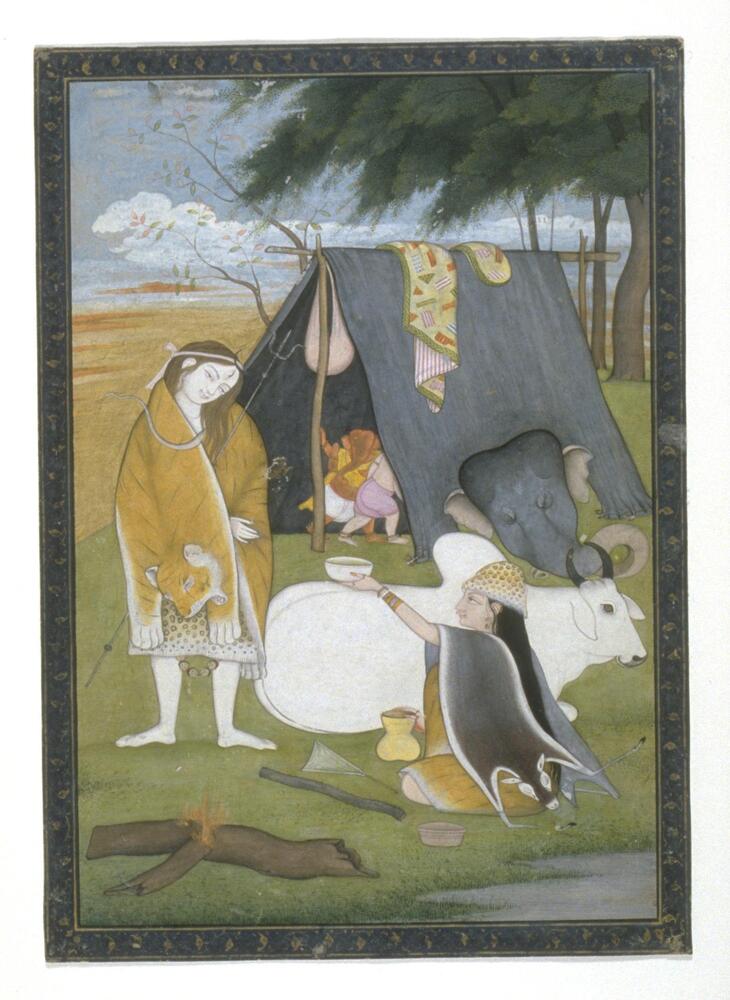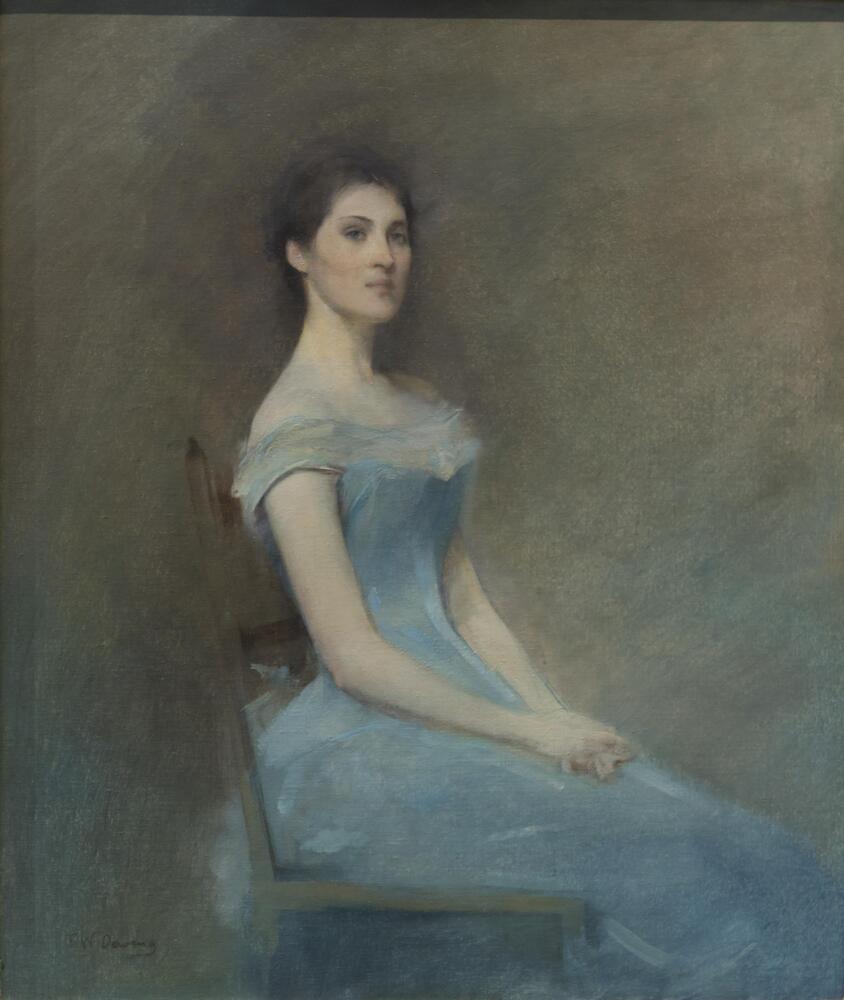Kindergarten: Family Portraits, Who Am I? What is a Family?
Docent Curricular Tour
Discussion: This tour explores the ways individuals and families can be similar and different. Some families are big while some are small, some people live in city apartments, while others in country house, etc. It also employs the entire gallery rather than just looking at portraits. This will help flesh out the lives of the people in the portraits. Most galleries contain models or actual furniture and dishes. These can help children see the great differences in life created by geography and resources. This tour will use art to explore who the children are and what their lives are like in relation to very different lives.
Social Studies Concept: 1. There are many ways to describe who we are: looks, what we care about, what we feel, things we do. 2. What makes families special? Identify the beginning, middle, and end of historical narratives or stories.
Art Concept: Recognize broad categories of subject matter in artworks, ex., landscape, still life, portrait.
ART.VA.II.K.3: Participate in discussions of the aspects of environment, family, and home in the creation of art.
ART.VA.III.K.2: Recognize that art can be created for self-expression or fun.
ART.VA.III.K.3: Describe the sensory qualities in a work of art.
Stop 1: Davidson Gallery. Peale, “Martha Dandridge Custis Washington”
Prop: iPad images of the Washington family
· You can talk about Martha Washington as the mother of our country. She lived on a plantation in the south. She had children from an earlier marriage so George Washington was their step-father. The first president of the USA had a blended family.
Stop 2: Edwards Family
These people lived at about the same time as George and Martha Washington. One of the women is in a wheel chair. Some people are differently capable.
· Look around the gallery, there are things here that people like the Washingtons and the Edwards would have used in their homes. Tureen would have been used to serve soup. A servant would hold it while the homeowners would sit at a big table and eat.
· Many people who lived in big houses like the W and E’s had music in homes. Women were taught to play music and draw. They would play for their guests.
Alternative: Read the book “Little Girl in Red Dress” about a girl who had her picture painted by Ammi Phillips, who has a portrait by him hanging in this gallery.
Stop 3: Chinese Model of a Goat Pen with One Ram and Three Ewes
Prop: iPad pictures of life in the country.
· Some people live in the country. Here we see goats that may have been kept for milk. Over here is a horse which may have been used in the cavalry or for transportation. Oxcarts were used on the farm (see Open Storage gallery)
· What did this family eat? Can you tell from the pots and dishes? China was one of the first places to drink tea for which they used bowls.
Stop 4: African Shrine figure
· This mother looks very fierce like she will protect her child from all danger. She is an ancestor who was honored in a shrine.
· In this gallery we can see some furniture and some cups for drinking.
· An interesting thing about the stools is that they were reserved for the chiefs. Normal people did not sit on them.
· Men were chiefs but women were powerful and honored.
· Some stools tell the story of ancestors, like the shrine figure. Ancestors were very important. Do you know any stories about your grandparents or other ancestors?
Alternate: Bougeureau, Charity / Twins
Stop 5: Shiva, Parvati, Ganesh
· Some children look different than their parents. OK, I know this is an extreme example but it could generate a good conversation among the children about how they are like and unlike their parents.
· Ganesh likes to eat sweets. What do you like to eat?
Stop 6: Figure of a Girl in Blue, Dewing
· Some people have enough money to live in luxury. Maybe this woman lived in a beautiful house with chandeliers and mosaics like the Havemeyers did.
Part of 1 Learning Collection
<p>Docent Curricular Tour</p>
Rate this Resource
AVG: 0 | Ratings: 0
& Author Notes
Creative Commons by-nc-saLast Updated
May 2, 2019 9:10 a.m.Report
Reporting Policy






